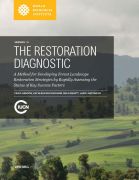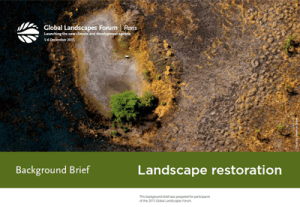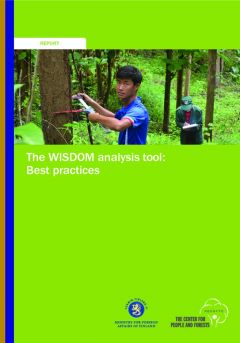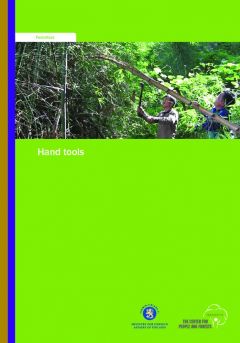Global guidelines for the restoration of degraded forests and landscapes in drylands. Building resilience and benefiting livelihoods.
From the content:
2 Drylands and the benefits of restoration 5
2.1 What are drylands? 5
2.2 The importance of forests and trees in drylands 6
2.3 Key challenges in drylands 8
2.4 Restoration in drylands 13
3 Guidelines for policymakers and other decision-makers: establishing a strong enabling environment 19











